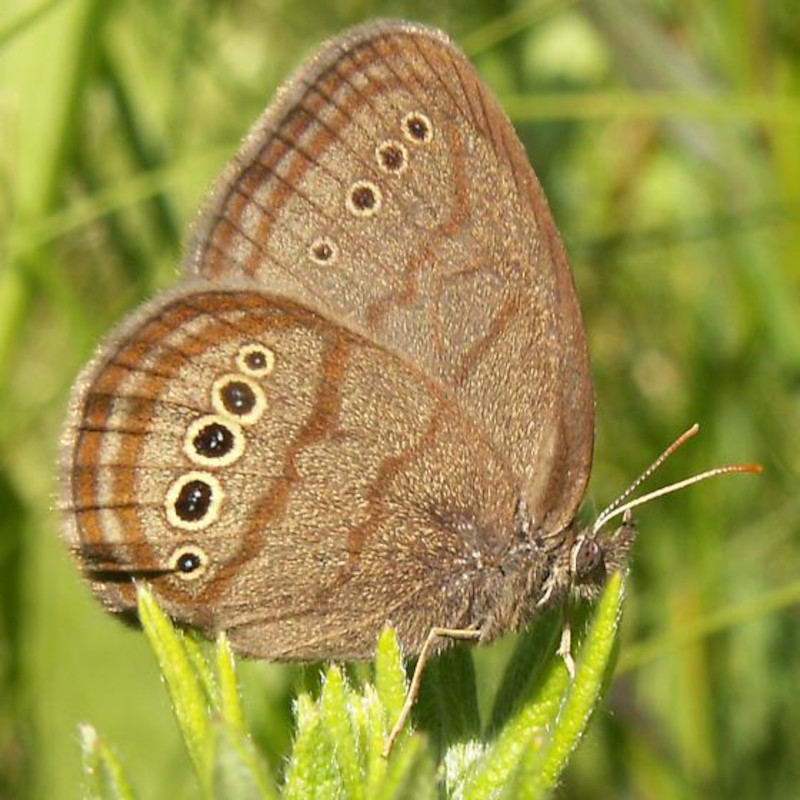Mitchell’s Satyr Butterfly Facts
- The Mitchell’s Satyr Butterfly represents a highly endangered species of insect. It originally evolved as endemic to a very restricted region comprising four states in the United States. These consisted of Ohio, New Jersey, Michigan, and Indiana.
- The beautiful Lepidoptera also remains one of the rarest known butterflies on the planet.
- Only 15 known small colonies of this butterfly still exist, and they occur in the states of Michigan and Indiana.
- Additionally, scientists know very little about the insect’s life cycle, behavior, or reproduction patterns.
Mitchell’s Satyr Butterfly Physical Characteristics
The rather gorgeous Mitchell’s Satyr Butterfly ranks as a moderate-sized variety of butterfly.
This species possesses an average wingspan of roughly 1.75 in (4.45 cm). The coloring predominantly includes a light brown. A distinctive series of eyespots also appears in the lower regions of both sets of wings.
As caterpillars, the Mitchell’s Satyr Butterfly also feeds on several varieties of sedges. However, it remains unclear whether the adults consume food or water.
- Kingdom: Animalia
- Phylum: Euarthropoda
- Class: Insecta
- Order: Lepidoptera
- Family: Nymphalidae
- Genus: Neonympha
- Species: N. mitchelii
Mitchell’s Satyr Butterfly Habitat and Protected Status
The Mitchell’s Satyr Butterfly also either evolved to exist in or adapted to a highly specific habitat. It breeds and lives only in a type of wetland known as a fen. These consist of low nutrient environments that springs and seeps feed carbonate-rich water into.
The beautiful butterfly is officially a species under protection by the U.S. Fish and Wildlife Service. In fact, it’s also illegal to harm or interfere with it in any manner. Plus, all 15 of the remaining habitats that experts know of now remain under protection and constant monitoring.
Also, the principal reason for its decline was human expansion. In fact, most of the unique habitats it was present in are now farmland and population centers. Prior to the enacting of protective measures, butterfly collectors destroyed a few of the smaller colonies.
Check out our other articles on 5 Amazing Animals of Greece, Karner Blue Butterfly, Striped Possum, Elephant Hawk Moth, Giant Atlas Moth, Lake Maracaibo, Black Witch Moth











cool
Hello Bob,
Thank you! We are pleased that you thoughts so. We certainly agree with you!
OBP